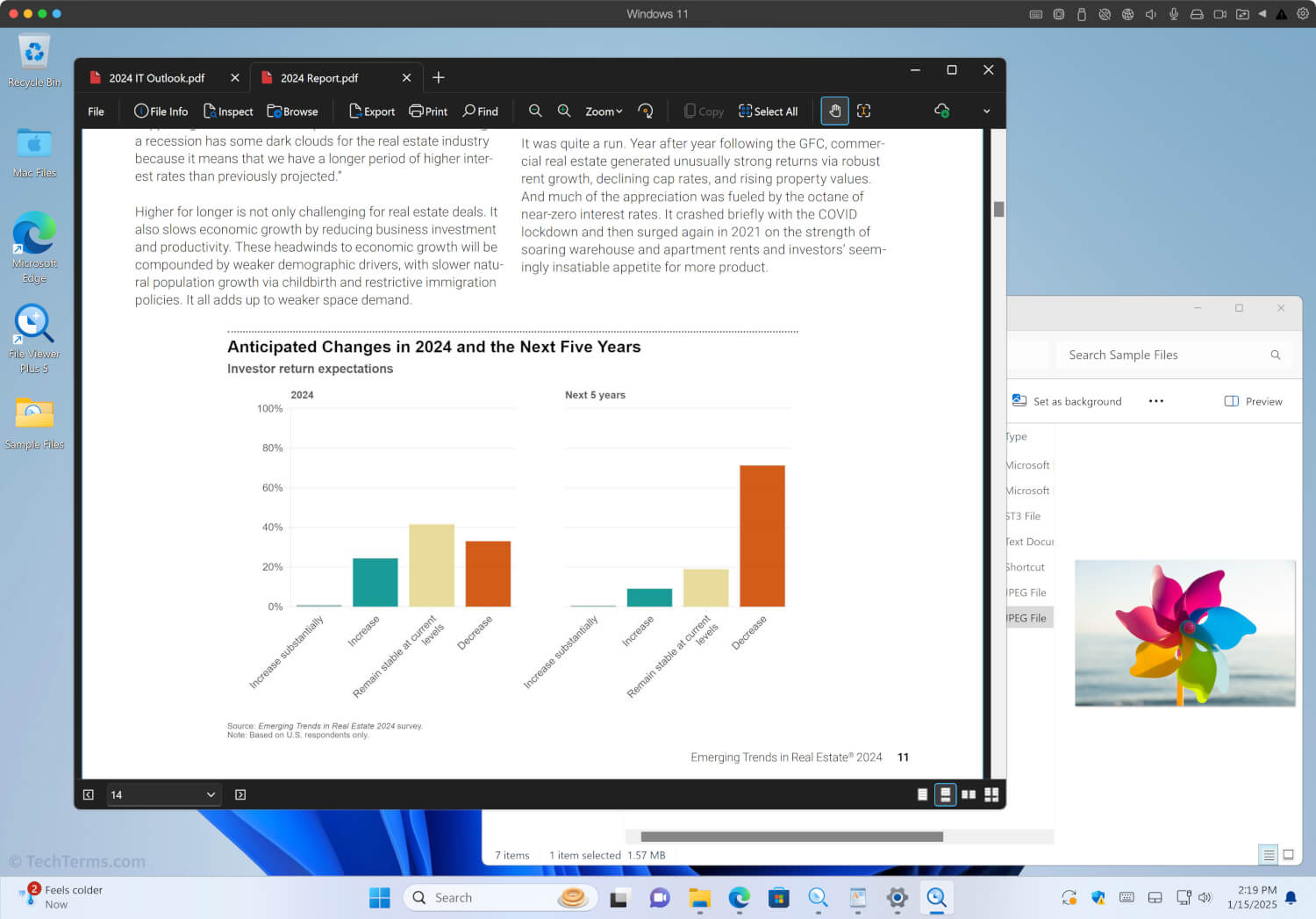Virtualization
Virtualization can refer to a variety of computing concepts, but it usually refers to running multiple operating systems on a single machine. While most computers only have one operating system installed, virtualization software allows a computer to run several operating systems at the same time.
For example, a Windows computer with VMware Workstation installed can run Linux within the Windows interface. Similarly, a Macintosh computer can use Parallels Desktop to run Windows within the Mac OS X interface. When another operating system (OS) is running on top of the main system, it is called a "virtual machine." This is because it acts like a typical computer but is actually running on top of another operating system.
Virtualization software acts as a layer between a computer's primary OS and the virtual OS. It allows the virtual system to access the computer's hardware, such as the RAM, CPU, and video card, just like the primary OS. This is different than emulation, which actually translates each command into a form that the system's processor can understand.
Another type of virtualization involves connecting to a remote computer system and controlling it from your computer. This is commonly referred to as remote access.

 Test Your Knowledge
Test Your Knowledge